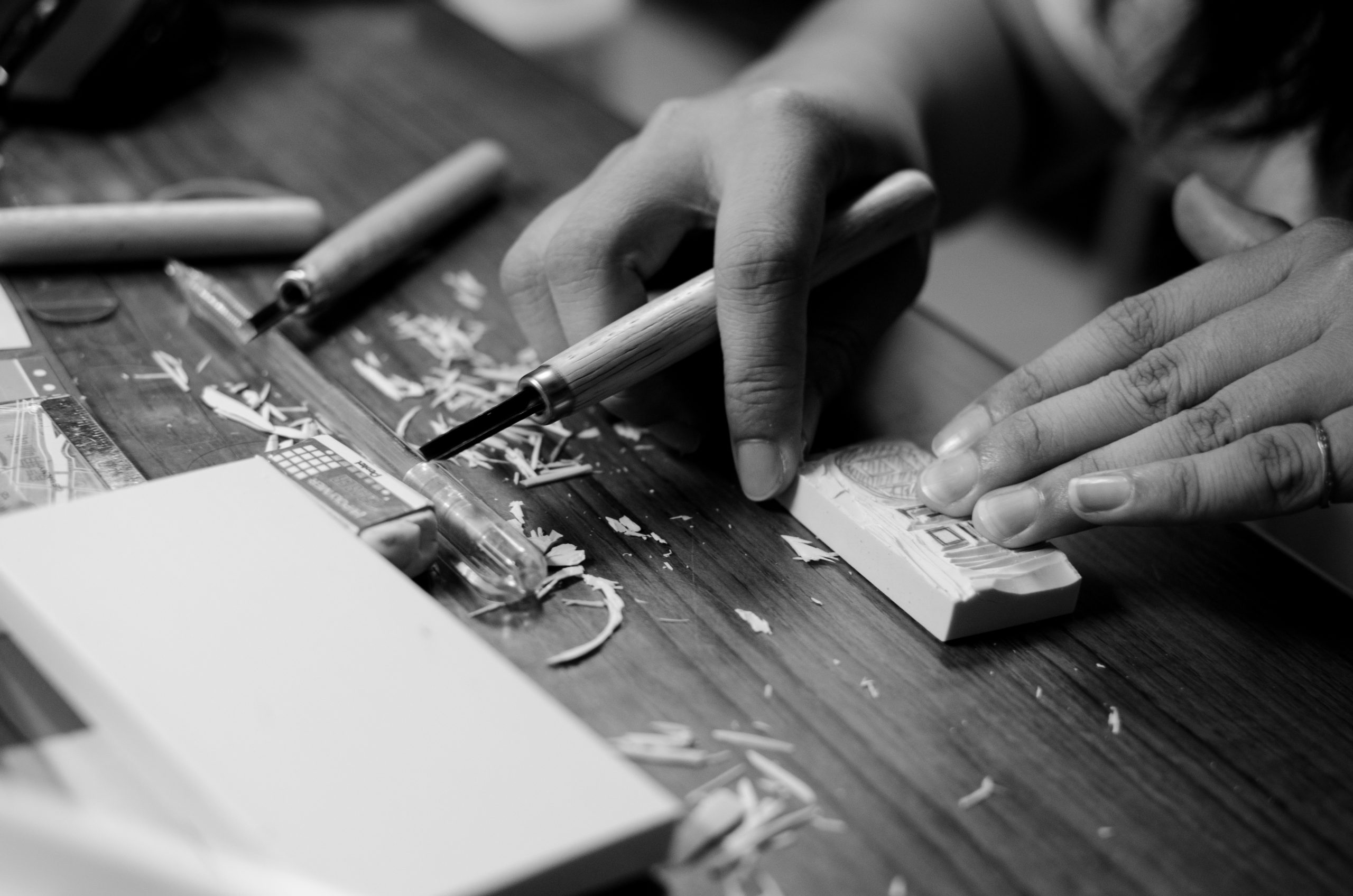Writing Instructions
One of the most common and important uses of technical writing is instructions—those step-by-step explanations of how to do things: assemble something, operate something, repair something, or explain a personal process (enrolling in college, for example) so that readers may better understand it and possibly use it themselves.
Process texts are extremely common in school and professions. In school, teachers frequently assign process assignments. For example, humanities professors may ask for a description of how an artistic or literary period evolved; history professors, the contributions of a culture’s leaders over time; social science professors, the chronology of inventions; engineering professors, explanations of how sound is changed into electrical signals; business professors, how the Federal Reserve works or how to sell a product.
On a daily basis, we read descriptive processes, including recipes, user manuals for new software, or advice columns on how to lose weight or how to succeed in school or a profession. These texts focus on answering one of the following questions:
- “How is this done?”
- “How can I do this?”
While the topics of a process report or a set of instructions may vary, many share similarities: most are written to explain how something works, most are structured in chronological order using numbered steps, and most rely extensively on visuals. In writing instructions for learning a new software program, for example, writers might use screenshots and/or screen videos to walk users through the tutorial.
Generally, it is good to have both text and visuals in your instructions since your audience is likely comprised of people with different learning styles. However, the use of visuals can vary depending on your audience and the intended use of the instructions. Visuals help to clarify a concept that is difficult to explain using only words. Graphics may be used to show how something looks, how something should look once the step has been completed, how something is done or constructed, show trends or relationships, add liveliness to the project, or simply help to organize information. Graphics are useful since almost everyone (including children and others of a different language) can understand visual instructions and see exactly what they need to complete.
Types of Instructions
There are three main types of process texts:
-
-
- Descriptive processes: these answer the question, “How is this done?” These texts describe how a process occurs so that readers can understand it better. For example, writing a descriptive process about how you registered for a course online rather than in person might be useful to someone who has never done online registration.
-
-
-
- Prescriptive processes: these are explanatory in nature; they prescribe how something is done (or should be done) so that readers can do it themselves. These are the most common type of instructional documents. For example, you might write a prescriptive process guide for users explaining how to perform basic maintenance on their cars, such as changing their own oil, checking spark plugs, or replacing brake pads. *The samples listed below are examples of prescriptive processes.
-
-
-
- Blended descriptive and prescriptive processes make the main thrust of the document a descriptive process while having a few sections summarizing how the readers can perform the process. In other words, writers may address both “How can I do this?” and “How is this done?” in different parts of one text. Alternatively, they might develop different versions of the same document for two audiences–an audience of users and an audience of interested parties.
-
Getting Started

At the beginning of an instruction-writing project or assignment, it’s important to consider your audience and determine the characteristics (the number of tasks and steps) of the particular procedure you intend to write about.
Audience and situation: Early in the process, define the audience and situation of your instructions. Remember that defining an audience means defining its level of knowledge and familiarity with the topic. It is sometimes helpful to describe your audience to yourself first, and then use that to assess your message at the end to be certain it’s appropriate for your audience.
Number of tasks: An important consideration is how many tasks there are in the procedure for which you are writing instructions. The term procedure can be used to refer to the whole set of activities your instructions discuss, while task can be used to define a semi-independent group of actions within the procedure. For example, setting up your modem is one task in the overall procedure of connecting a computer to the internet.
As another example, a simple procedure like changing a car’s oil contains only one task; there are no semi-independent groupings of other activities. A more complex procedure, like using a microwave oven, contains plenty of semi-independent tasks, such as setting the clock, setting the power level, using the timer, cleaning and maintaining the microwave, and more.
Some instructions have only a single task but have many steps within that single task. For example, imagine a set of instructions for assembling a children’s swing set. One effective approach would be to group similar and related steps into phases, and then renumber the steps at each new phase. A phase is a group of similar steps within a single-task procedure. In the swing set example, setting up the frame would be one phase; anchoring the thing in the ground would be another; and assembling the box swing would be still another.
Focusing Instructions
Another consideration, which maybe you can’t determine early on, is how to focus your instructions. For most instructions, you can focus on the tasks involved, or you can focus on the tools needed.
-
-
- In a task approach to instructions on using a phone-answering machine, you’d have sections on recording your greeting, playing back your messages, saving your messages, forwarding your messages, and deleting your messages. These are tasks—the typical things users would want to do with the machine.
-
-
-
- On the other hand, in a tools approach to instructions on using a photocopier, there would be sections on the copy button, the cancel button, the enlarge/reduce button, the collate/staple button, the paper tray, the copy-size button, and so on. If you designed a set of instructions on this plan, you’d likely write steps for using each button or feature of the photocopier.
-
Instructions Content
Be sure to read the section on “Document Design” before creating your instructions. Include the following items:
Introduction: In carefully planning your instructions’ introduction, be sure to:
-
-
-
- Indicate the specific tasks or procedure to be explained.
- Indicate what the audience needs in terms of knowledge and background to understand the instructions.
- Give a general idea of the procedure and what it accomplishes.
- Indicate the conditions when these instructions should (or should not) be used.
- Give an overview of the contents of the instructions.
-
-
General warning, caution, danger notices: Instructions must also alert readers to the possibility of ruining their equipment, screwing up the procedure, and/or hurting themselves. Also, instructions must emphasize key points or exceptions. For these situations, you should use special notices, such as Note, Warning, Caution, and/or Danger.
Technical background or theory: At the beginning of some instructions (usually after the introduction), you may need a discussion of background related to the procedure. For certain instructions, this background is critical—otherwise, the steps in the procedure make no sense. In some cases, writers of instructions may need to spend significant time explaining things to readers before moving on to the actual steps involved in the process.
Equipment and supplies: Most instructions include a list of the things you need to gather before you start the procedure. This includes equipment, the tools you use in the procedure (such as mixing bowls, spoons, bread pans, hammers, drills, and saws) and supplies, the things that are consumed in the procedure (such as wood, paint, oil, flour, and nails). In instructions, these are typically listed either in a simple vertical list or in a two-column list at the start of the instructions. Use the two-column list if you need to add specifications to some or all of the items—for example, brand names, sizes, amounts, types, model numbers, and so on.
Discussion of the steps: When you get to the actual writing of the steps be certain to carefully consider the structure and format of those steps, any supplementary information that might be needed, and the point of view and general writing style of the instructions. One point of view used in technical writing is the second person, which is addressing the audience as you.
*Generally speaking, writers of instructions should strive to do the following:
-
-
- Use clear, simple writing whenever possible.
-
-
-
- Have a thorough understanding of the process in all its technical detail.
-
-
-
- Work toward putting yourself in the place of the reader who will be using your instructions.
-

Student instruction samples
- Welding Instructions Sample (student sample)
- Mechatronics Instructions Sample – Testing Diodes & Transistors (student sample)
- Assembling A PC (student sample)
- How to Change Guitar Strings (student sample)
Professional instruction samples
- Welding Instructions Sample 1 (professional sample)
- Barbie Dreamhouse (professional sample)
- Trampoline Assembly (professional sample)
Additional Resources
- “Writing Instructions,” Technical Writing Essentials
- “Instructions” Online Technical Writing
CHAPTER ATTRIBUTION INFORMATION "Instructions & Process Reports." Writingcommons.org. [License: CC: BY-SA 4.0] "Instructions." Lumen Technical Writing. [License: CC: BY-SA 4.0] Figure 4.1.1: Alex, Mihis. Pexels.com. Figure 4.1.2: Chung, Abby. Pexels.com. |

